Retinol Creams: Layering Skincare Products
Skincare is an ever-evolving field with countless products and routines promising to deliver youthful, glowing skin. Among these, retinol creams have emerged as a cornerstone in many skincare regimens. However, integrating retinol effectively with other skincare products can be a challenge. This comprehensive guide aims to demystify the process of layering skincare products with retinol creams, ensuring you get the most out of your skincare routine.
Understanding Retinol and Its Benefits

Before delving into layering techniques, it's crucial to understand what retinol is and why it's revered in skincare. Retinol, a derivative of Vitamin A, is celebrated for its anti-aging properties. It aids in accelerating skin renewal, improving skin texture, and reducing the appearance of fine lines and wrinkles. Additionally, retinol is known for its ability to unclog pores, making it beneficial for those with acne-prone skin.
Key Benefits of Retinol:
- Anti-Aging: Reduces visible signs of aging by promoting skin cell turnover.
- Texture Improvement: Enhances skin texture, giving a smoother and more even complexion.
- Acne Control: Helps in unclogging pores and reducing breakouts.
The Art of Layering Skincare with Retinol

Layering skincare products correctly is essential to maximize their benefits and avoid adverse reactions. When incorporating retinol creams into your skincare routine, follow these steps:
Step 1: Start with a Clean Base
- Cleanse: Begin with a gentle cleanser to remove impurities and prepare your skin.
- Importance of pH Balance: Use a pH-balanced cleanser to maintain skin's natural balance, enhancing retinol absorption.
Step 2: Apply Water-Based Products
- Toners and Essences: After cleansing, apply any water-based toners or essences. These products prepare the skin for retinol application.
- Layering Tip: Wait for each product to absorb fully before applying the next.
Step 3: Introduce Retinol
- Retinol Application: Apply a pea-sized amount of retinol cream. Spread evenly, avoiding the eye area.
- Frequency: Start with lower concentrations and gradually increase. Begin by using it every other night, eventually building up to nightly use as tolerated.
Step 4: Moisturize
- Hydration Post-Retinol: Follow up with a moisturizer to hydrate and protect the skin barrier.
- Choosing a Moisturizer: Opt for non-comedogenic and fragrance-free options to minimize irritation.
Step 5: Sun Protection in the Morning
- SPF is Crucial: Always use a broad-spectrum SPF in the morning, as retinol can increase skin sensitivity to the sun.
Avoiding Common Mistakes with Retinol Layering

Layering retinol with certain products can lead to irritation or reduced efficacy. Here are some common pitfalls to avoid:
- Avoid Certain Ingredients: Do not use retinol with products containing benzoyl peroxide, vitamin C, or AHA/BHA acids simultaneously, as this can lead to irritation.
- Don't Overdo It: Using too much retinol can cause dryness and peeling. Stick to a pea-sized amount.
Customizing Your Retinol Routine
Every skin type is unique, and it's essential to tailor your retinol routine accordingly:
- Sensitive Skin: Start with a lower concentration and increase gradually.
- Oily Skin: Look for gel-based retinol formulations.
- Dry Skin: Incorporate extra hydrating products post-retinol application.
Conclusion
Incorporating retinol into your skincare routine doesn't have to be daunting. By understanding the basics of retinol and following the right layering techniques, you can enjoy the myriad benefits this powerhouse ingredient offers. Remember, skincare is a personal journey, and what works for one may not work for another. Always listen to your skin and adjust your routine as needed.


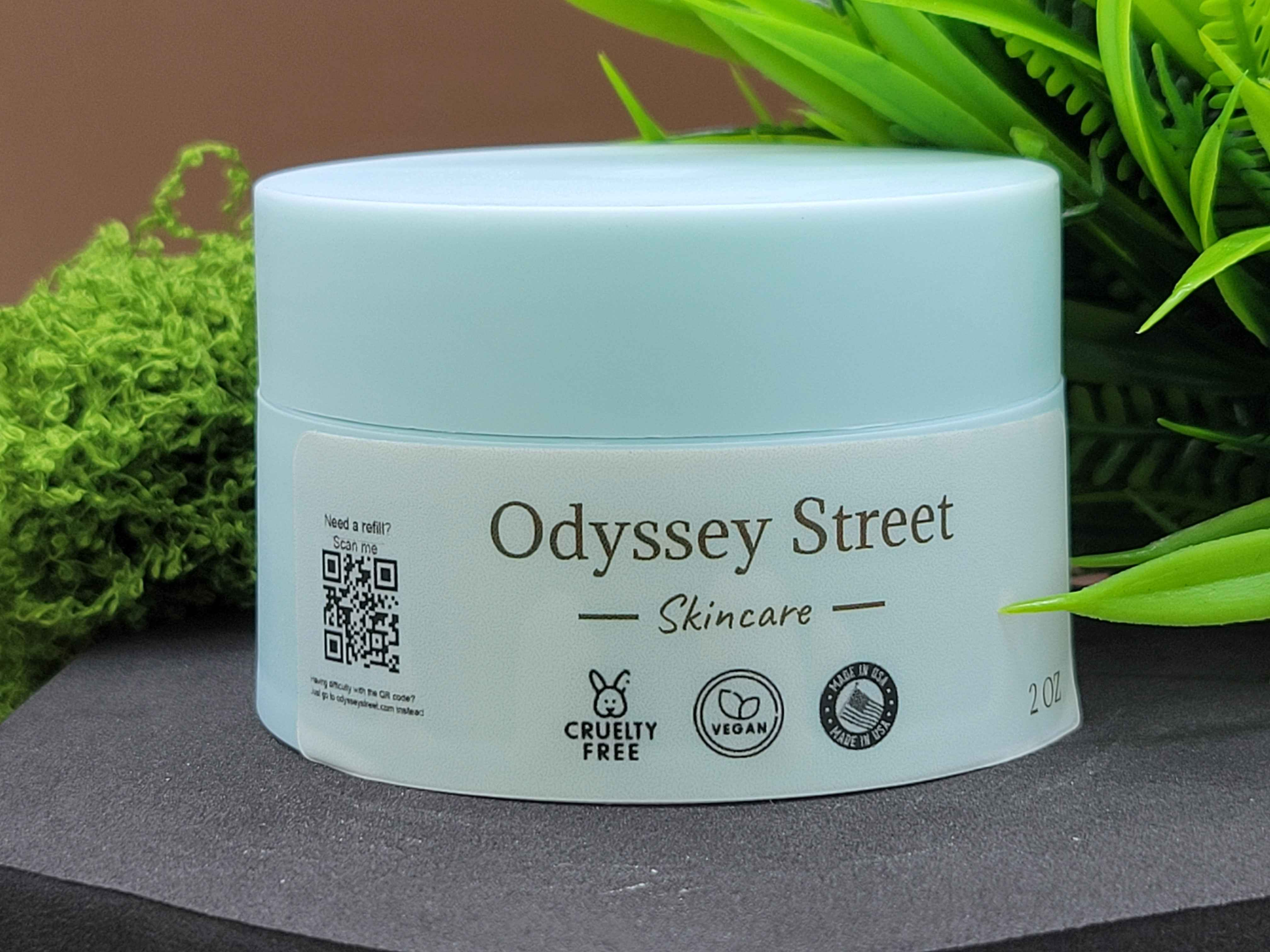
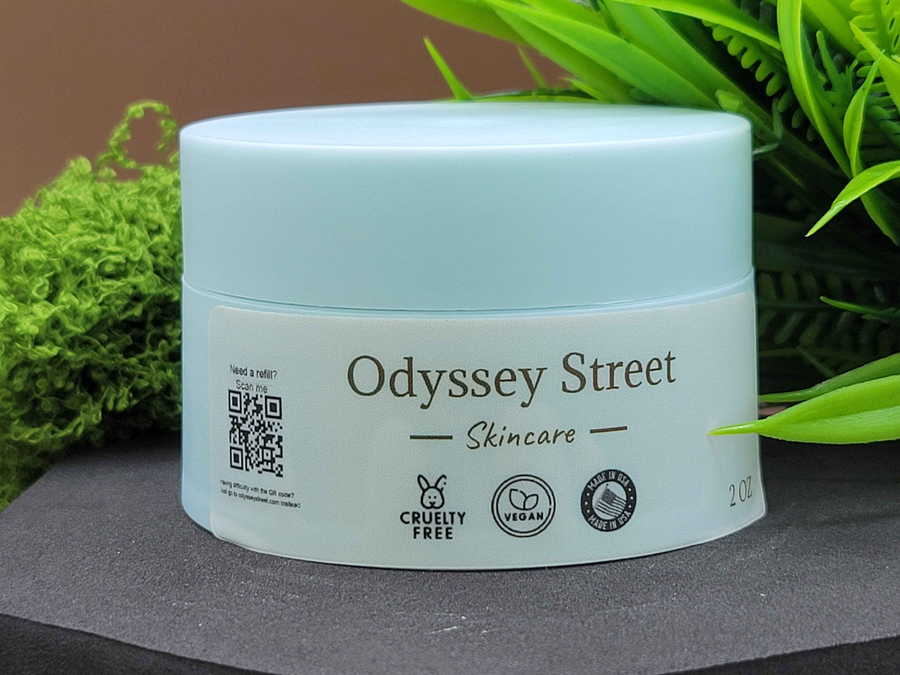
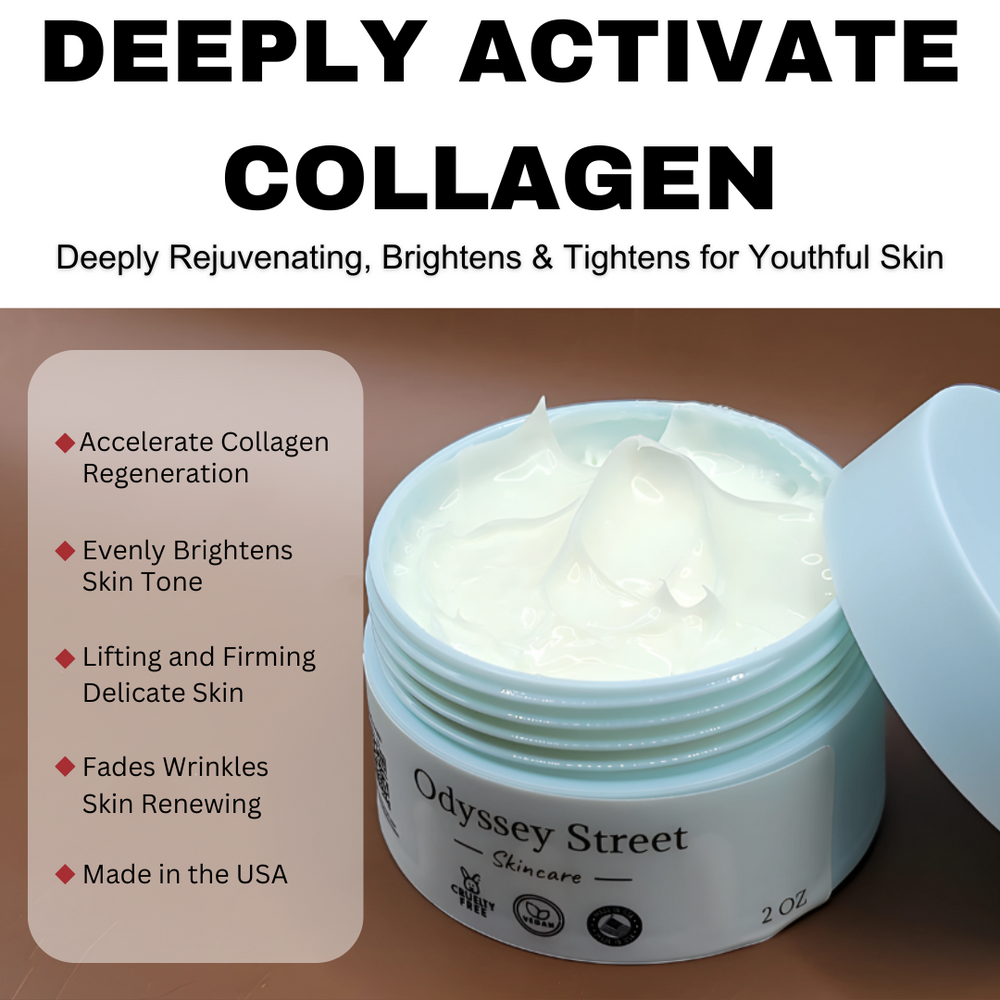


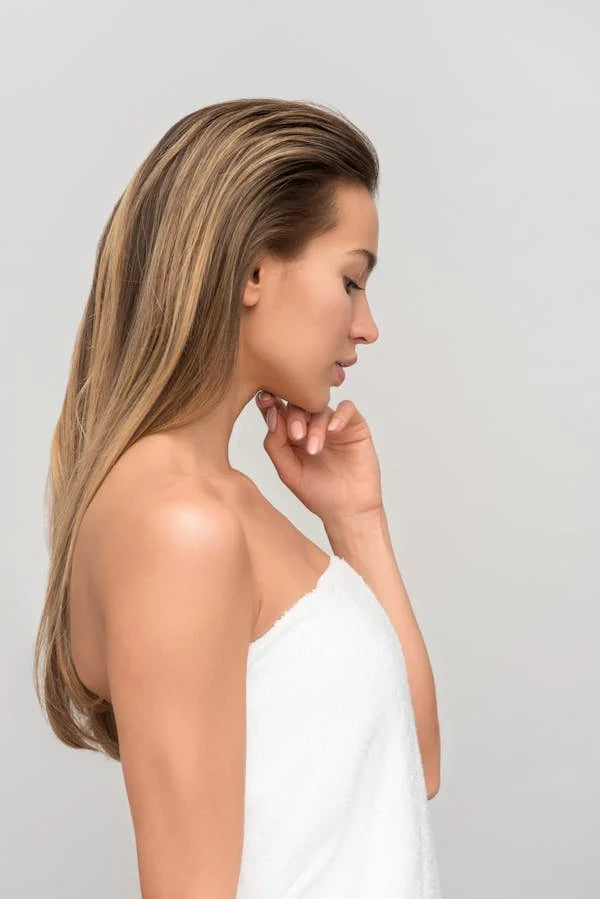

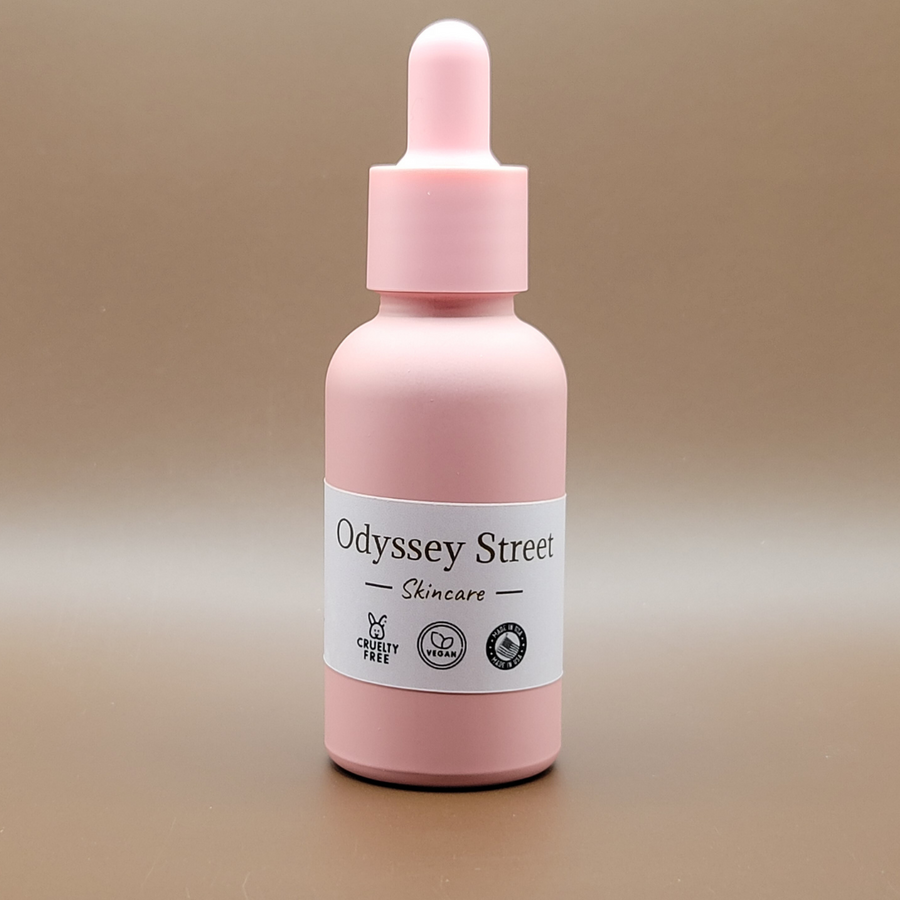
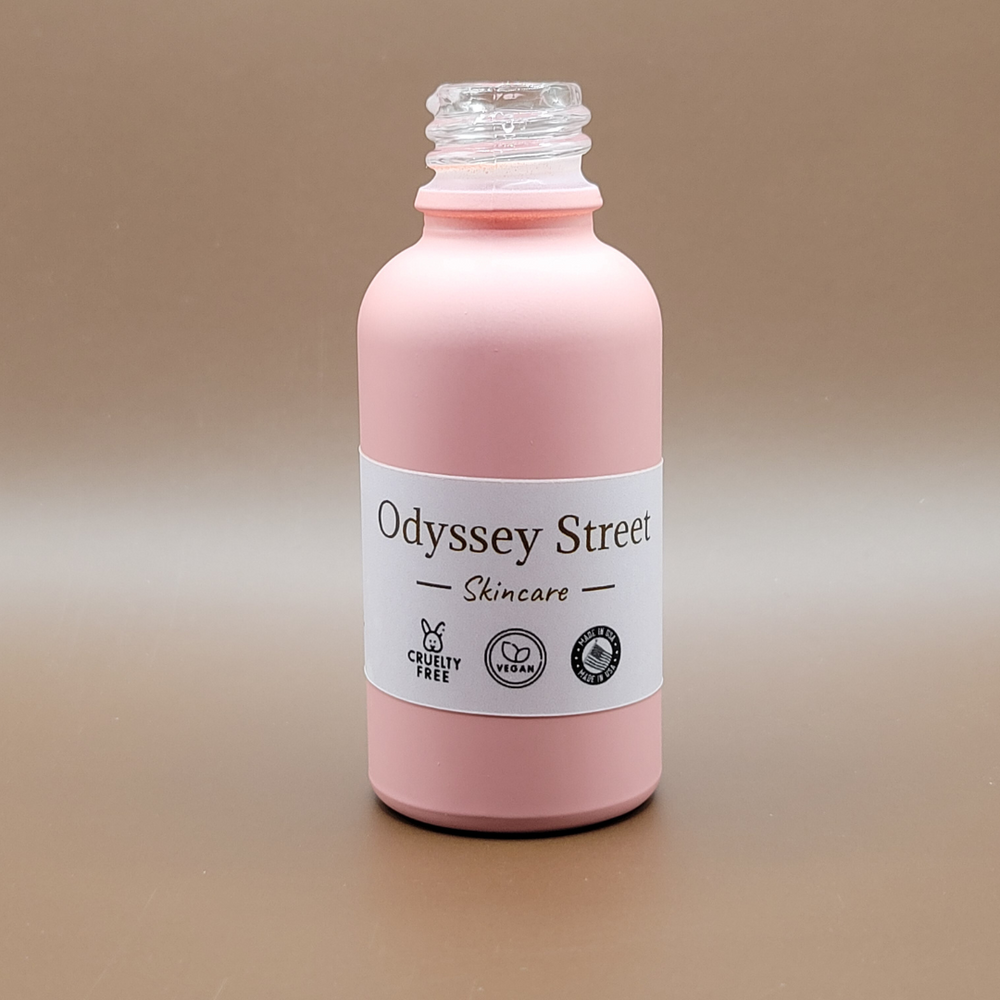
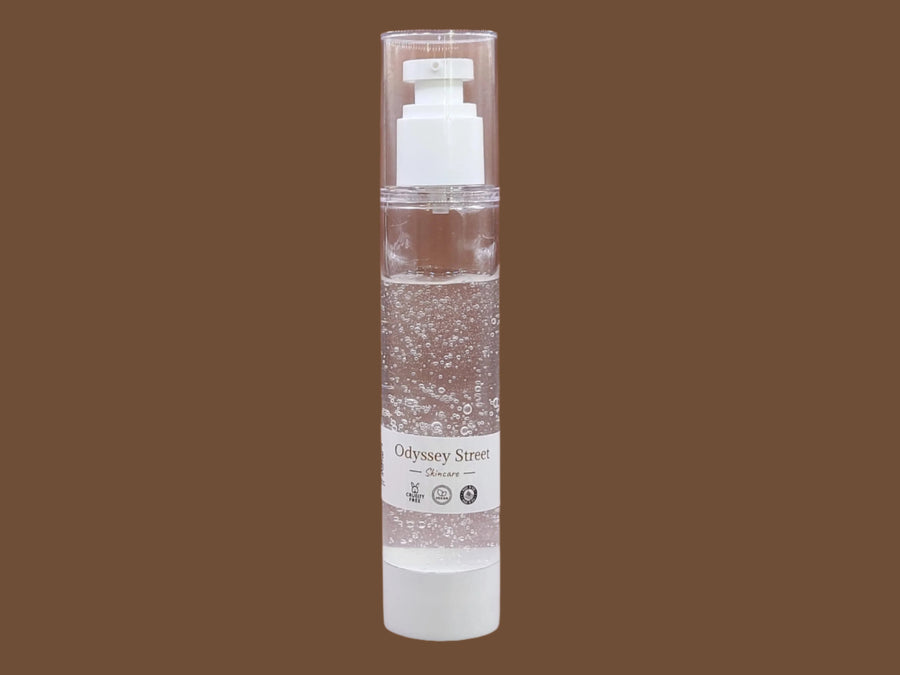
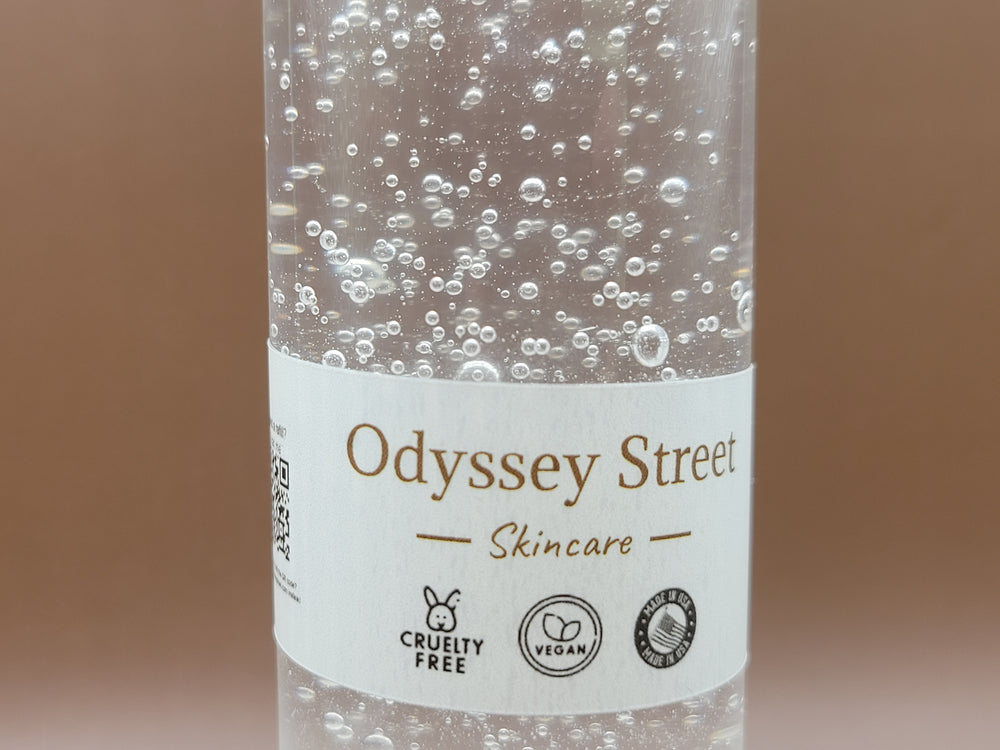
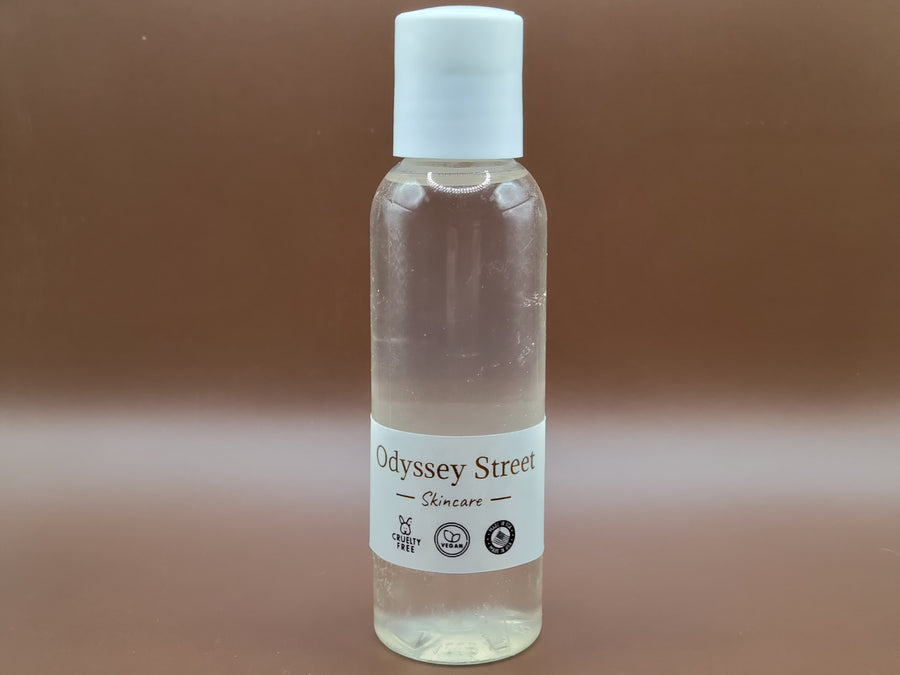
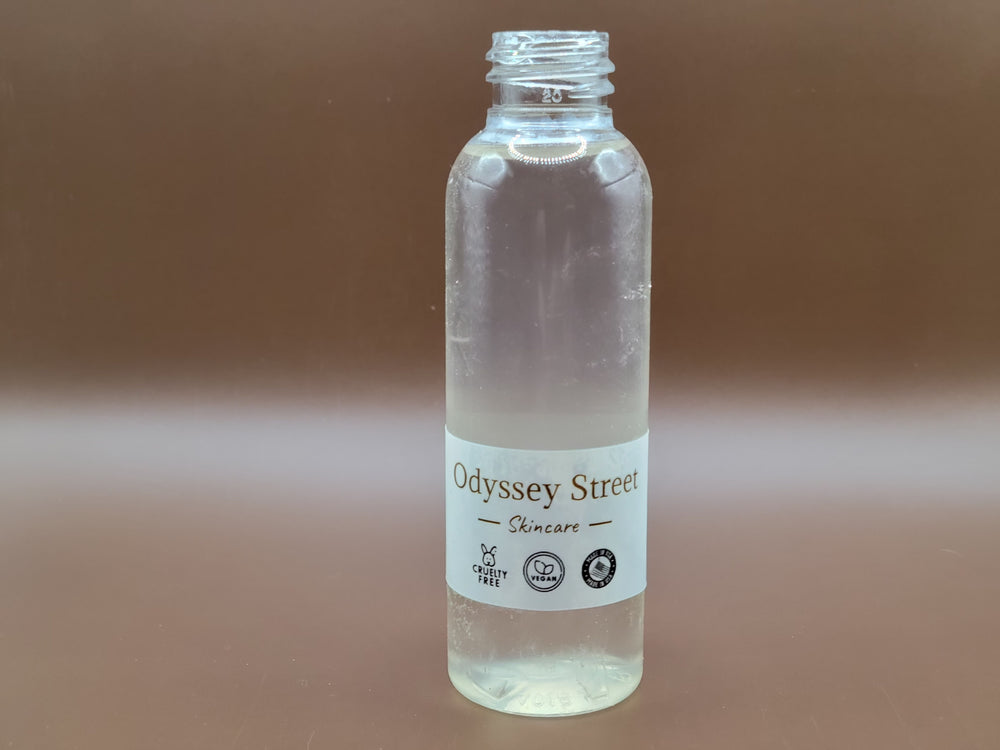
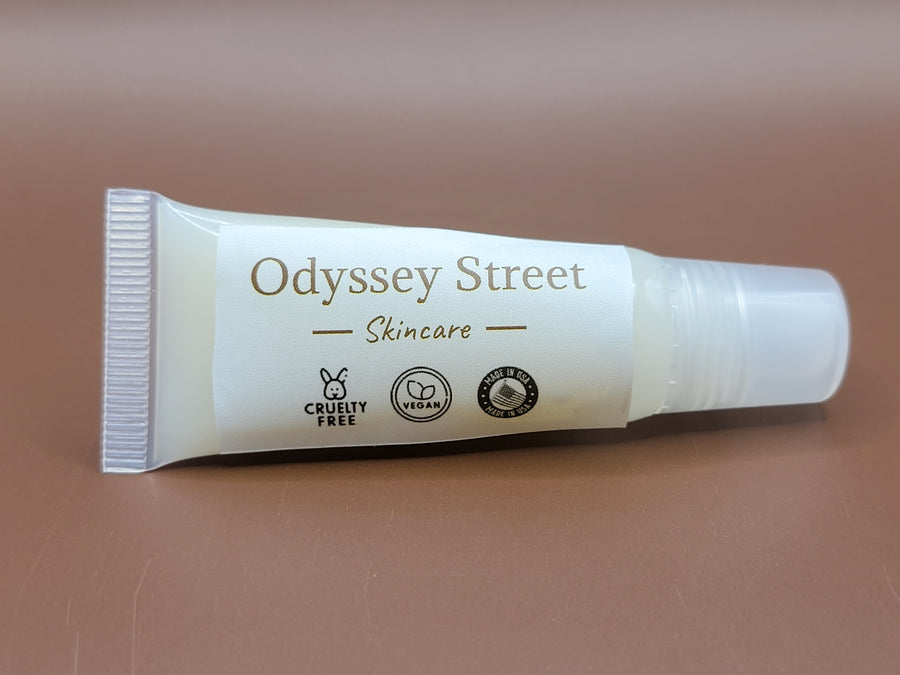
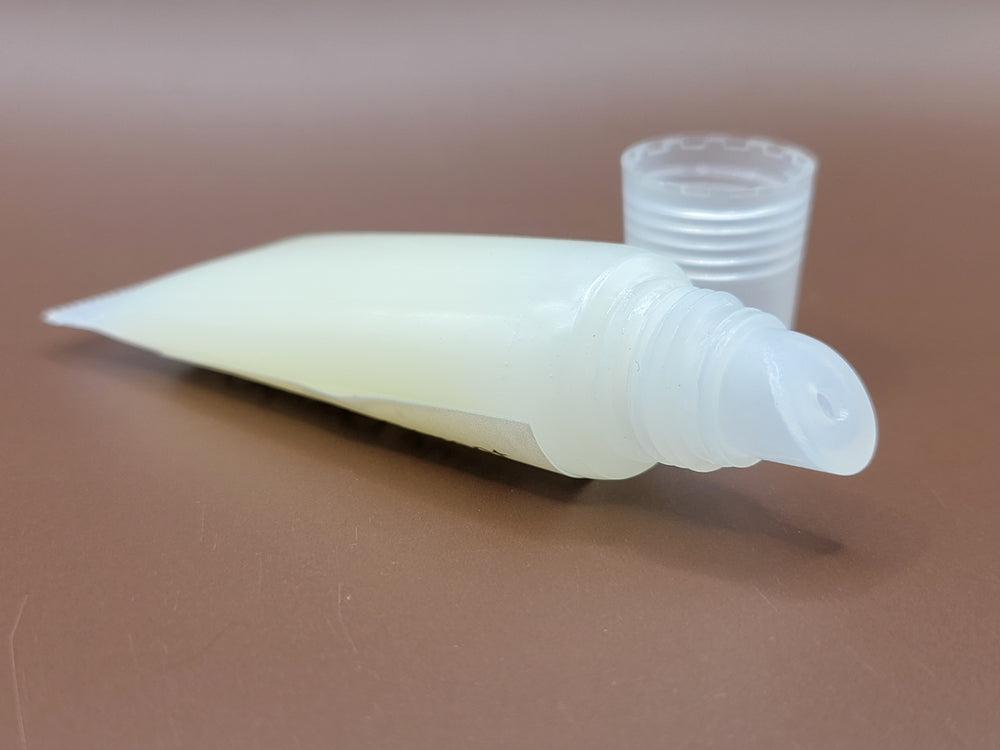
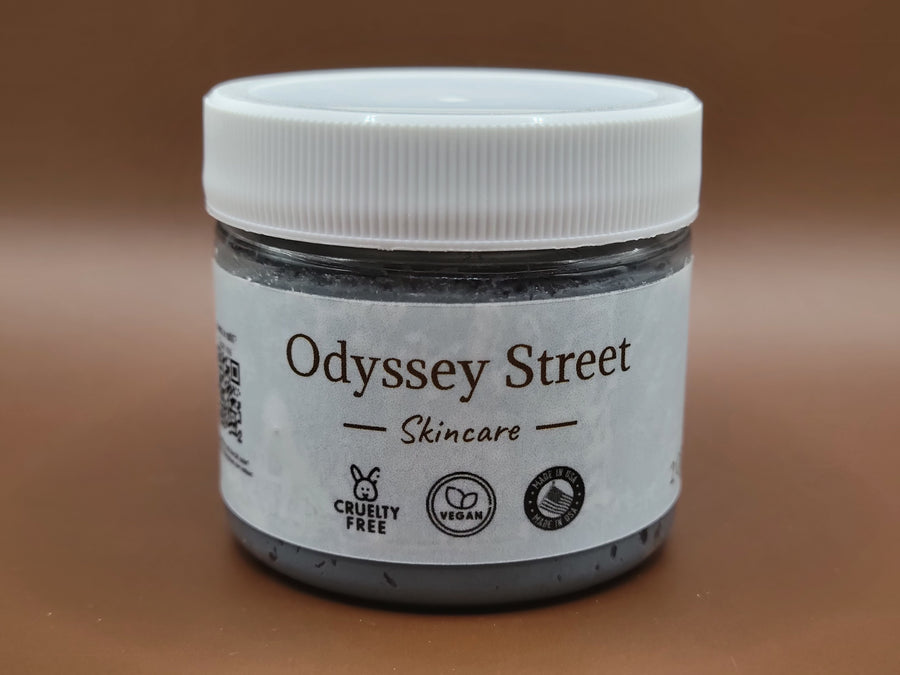
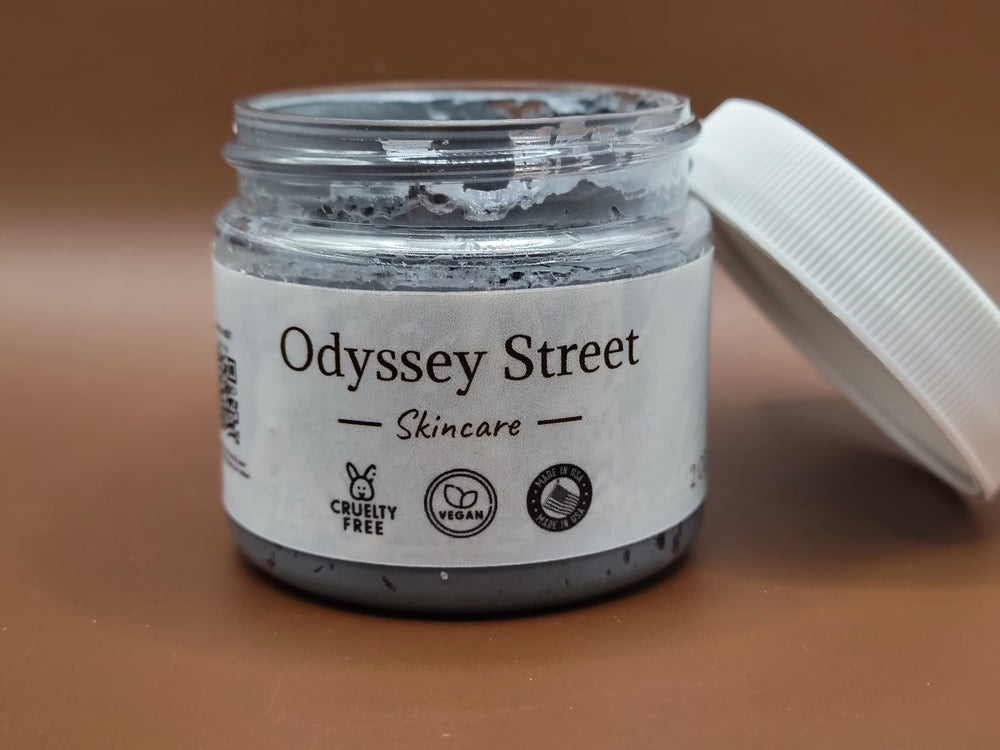
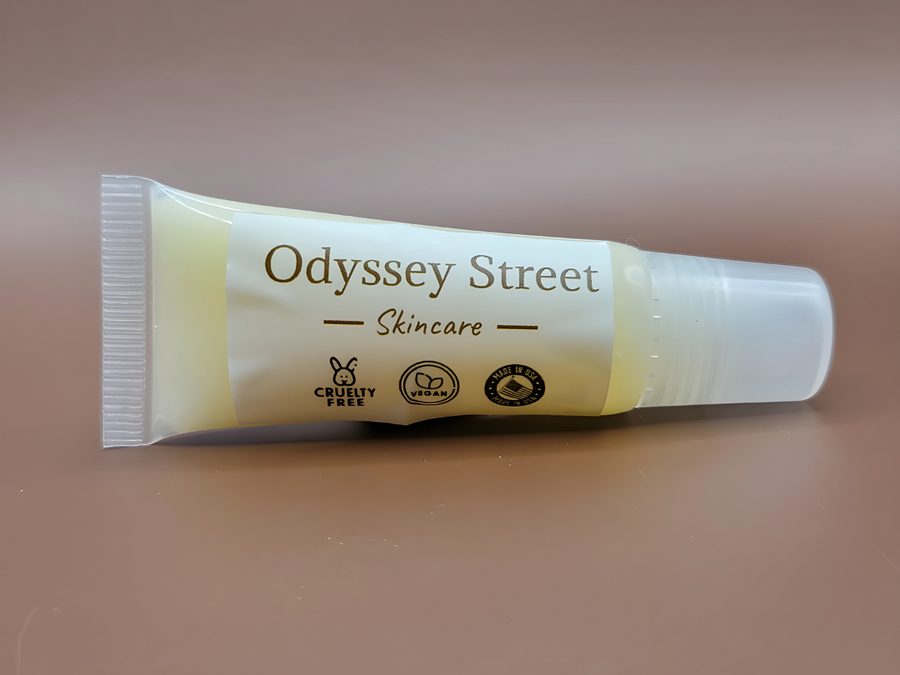
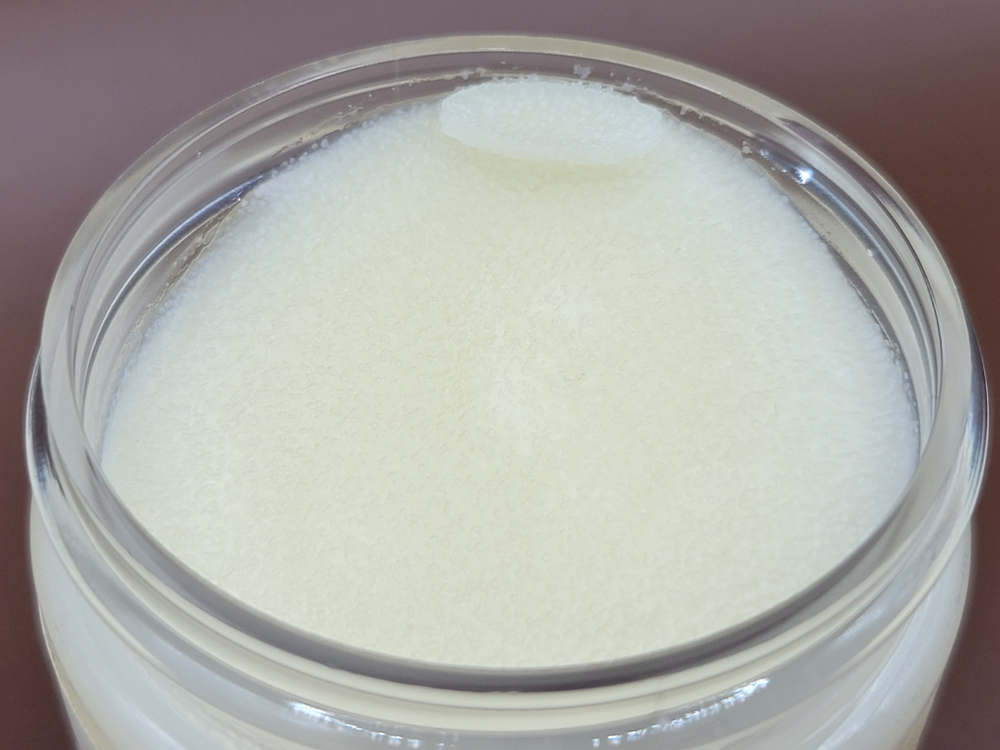
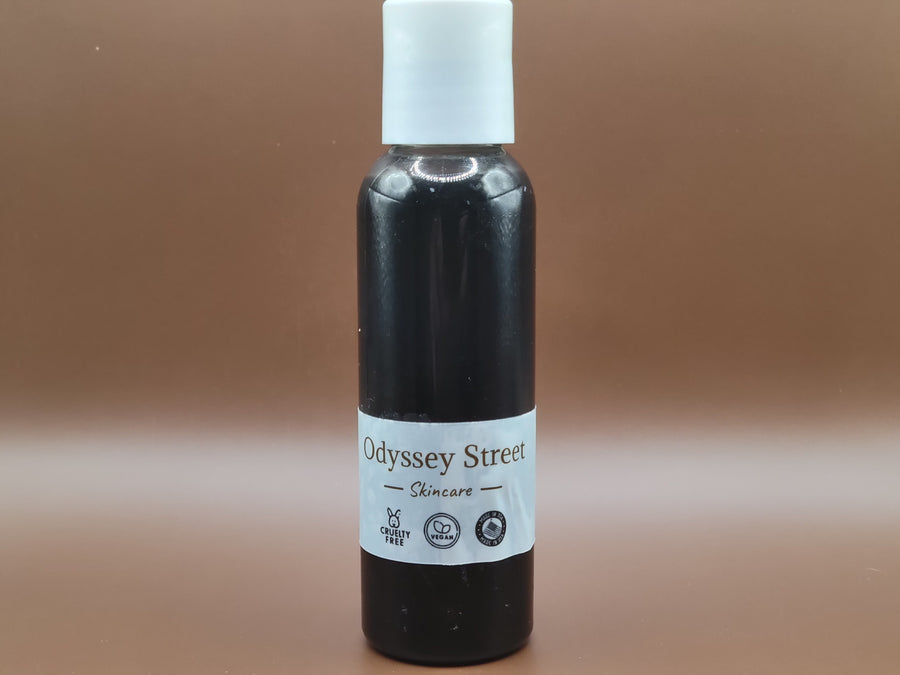
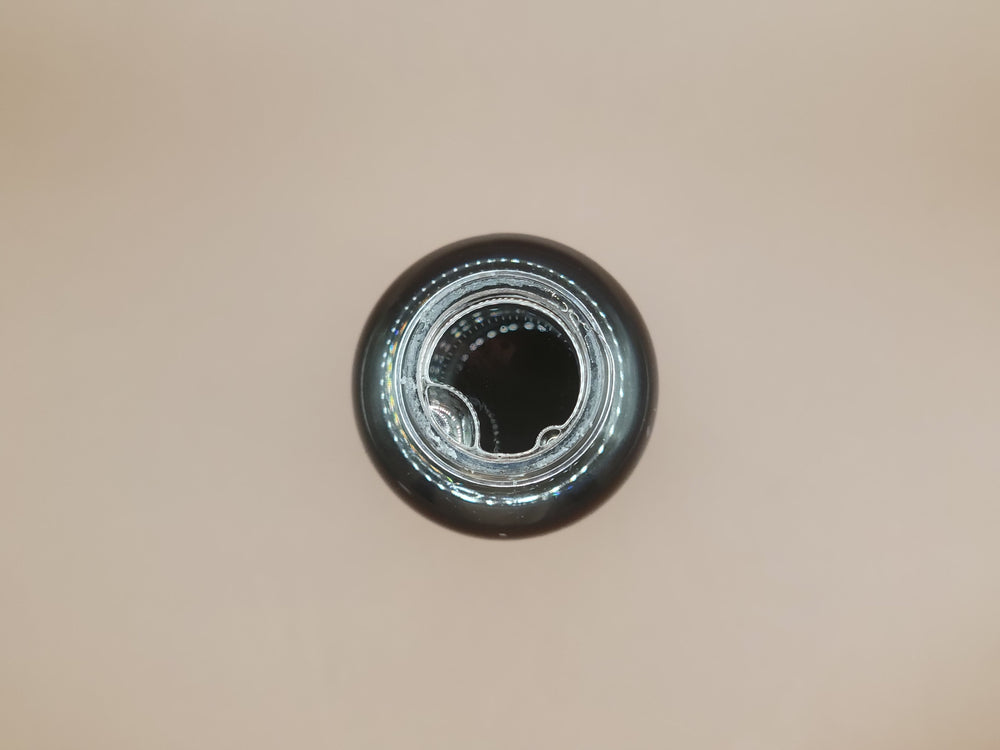
Leave a comment